September News Roundup
The News Roundup series brings you Huawei’s main monthly news in brief. So, what’s been making headlines in September? Click here for previous news roundups and visit the Newsroom for these stories in full and more.
Sept 27: Huawei and AIS Win Customer Experience Award at FutureNet Asia 2024

At FutureNet Asia 2024, Huawei and the Thai operator AIS won the Customer Experience Award, for the most innovative application of AI & automation to enhance customer experience.
The award recognizes their success in Autonomous Networks in two areas:
IP Network Digital Map: provides near-real-time network visualization and alerts for anomalies such as link outages or high latency scenarios, streamlining fault identification and location to 30 minutes without manual intervention. The solution is part of the Huawei iMaster NCE-IP solution.
CX Spatial-Temporal Digital Twins: delivers event management capabilities and predicts potential problems for customers based on a geo-temporal digital twin network that monitors service SLAs, with a geo-temporal customer experience data model reflecting customer experience. The solution increases first-call resolution, improves auto-optimization tickets and reduces average customer complaint handling time from weeks to days. The solution is part of the Huawei SmartCare solution.

MLCommons has ranked Huawei's new OceanStor A800 AI Storage first worldwide in its annual performance test after evaluating 13 leading vendors based on the maximum number of GPUs supported by an AI storage system.
The OceanStor A800 AI Storage solution:
- met data throughput requirements of 255 GPUs using just a single storage system.
- achieved GPU utilization above 90%
- achieved achieved a bandwidth of 679 GB/s with a single controller enclosure — ten times greater than conventional storage systems
- provides 100 TB/s–level bandwidth through scale-out expansion, reducing the read/write time of checkpoint data from ten minutes to just seconds and enabling resumable training is under 15 minutes. This minimizes GPU wait times, improves end-to-end computing power utilization by over 30%, and enhances the training efficiency of large AI models.
Sept 26: GlobalData Reconfirms Huawei Single Voice Core as Sole Leader in Competitive Landscape Assessment
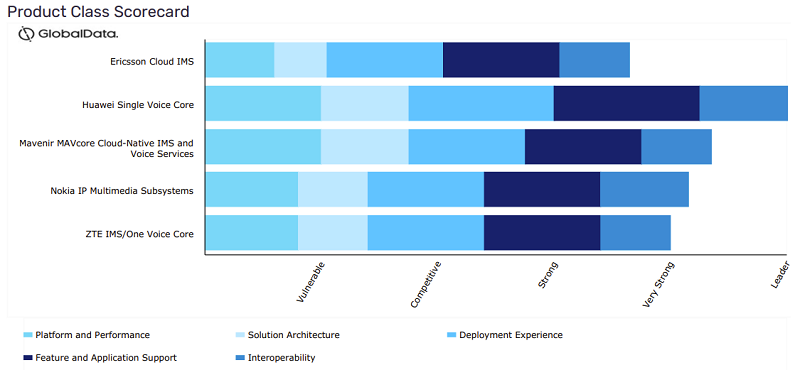
In its IMS and Voice Core: Competitive Landscape Assessment report, GlobalData recognizes Huawei's Single Voice Core (SVC) as the sole leader in the market, achieving a perfect score in all dimensions — a first in the report's history. This achievement highlights the exceptional competitiveness and market performance of the SVC solution. Huawei was also Sole Leader in the previous GlobalData report.
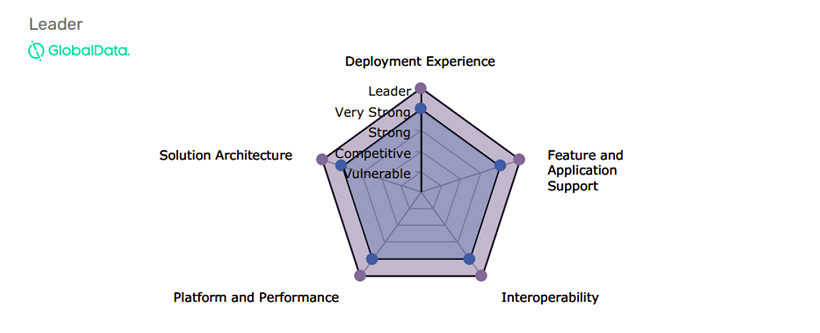
Sept 24: New White Paper Launched on Experience Monetization with Intelligent Core Network
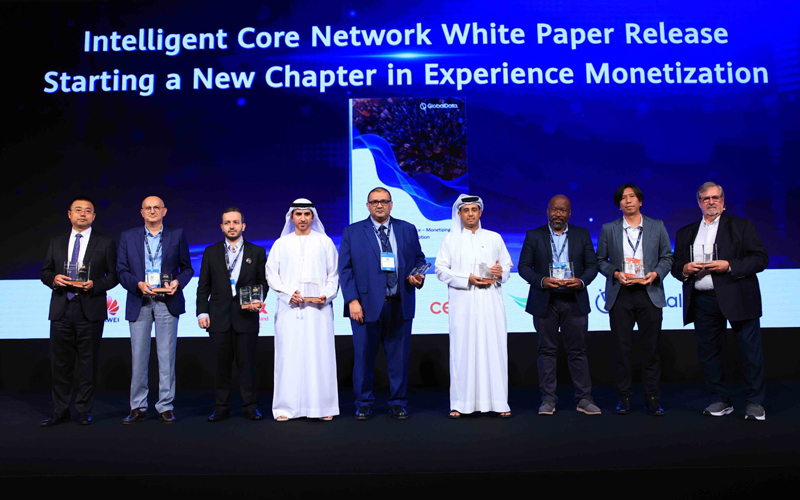
GlobalData has just released the Intelligent Core Network: Starting a New Chapter in Experience Monetization white paper in collaboration with Huawei and a global coalition of leading operators including AIS in Thailand, Cell C in South Africa, China Mobile, du in the UAE, the e& group, and Turkcell in Türkiye.
The report sheds light on the challenges operators face under traditional traffic monetization models and makes a compelling case for harnessing intelligence technologies to deliver tailored experiences that cater to users' diverse needs. It can be used as a roadmap for transforming operators' business models from traffic-based to experience-driven, so as to unlock new avenues for growth.
Learn more about Huawei's intelligent core network.
Sept 21: Huawei and du Commercially Deploy First Indoor 5G-Advanced Network in Middle East

Huawei and du, from the Emirates Integrated Telecommunications Company (EITC), have deployed the first indoor 5G-Advanced Network in the Middle East. Making use of Three Carrier Aggregation (3CC) technology, the network relies on Huawei's LampSite X 'Digital Indoor Solution.'
Delivering a peak data rate of 5.1Gb/s, this network further strengthens du's leading position in the 5G user experience market.
Sept 20: Huawei Launches F5G-A Series Products for Five Industrial Intelligence Scenarios
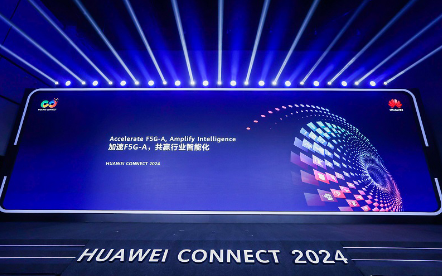
At HUAWEI CONNECT 2024, Huawei launched a series of new F5G Advanced (F5G-A) products designed to boost industrial intelligence.
For home networks, Huawei launched a new Wi-Fi 7 ONT — OptiXstar EN8145 — to help ISPs upgrade service packages from 100 Mbps to 1,000 Mbps.
For campus scenarios such as classrooms and offices, Huawei has updated its FTTO 2.0 solution and launched the industry's first high-density and ultra-10Gbps optical terminal — OptiXstar P884E — achieving 12.5/25-Gbps coverage. Four OptiXstar series Wi-Fi 7 optical terminals and optical gateways (including W617E) were released, covering hospitals, hotels, and education network scenarios, to develop a new standard configuration for Wi-Fi 7 intelligent campuses.
For communication networks in industries such as electric power and transportation, Huawei launched the industry's first optical transmission product portfolio that supports the fgOTN standard — OptiXtrans E6600/9600.
For smart power distribution and consumption scenarios, Huawei released the high-speed power line communications (HPLC) dual-mode solution, which raises meter collection success rate to 99.9%. For 300 households, this solution shortens the collection time from 15 minutes to 1 minute, achieving reliable and quick meter collection.
Intelligent gas leakage detection product: Huawei launched the OptiXsense ES100 based on spectral sensing technologies to ensure urban gas safety. Huawei's solution improves the precision by 40%, prolongs the service life by 50%, and eliminates the need to replace batteries for 3 years.
Sept 12: UNESCO-Huawei Open School Initiative Set to Transform Education in Egypt, Brazil, and Thailand
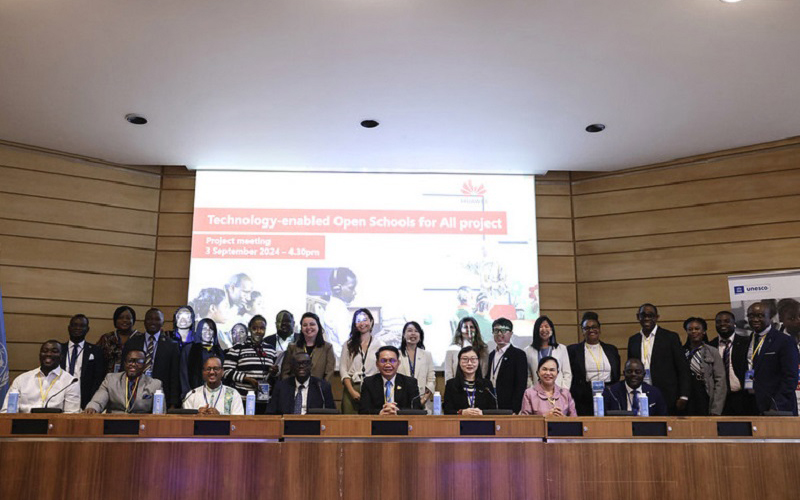
Huawei announced the implementation stage of the Technology-enabled Open Schools for All Phase II project in Brazil, Egypt, and Thailand at Digital Learning Week, UNESCO's flagship event for digital learning and the transformation of education.
Running from 2024 to 2027, Phase II of the UNESCO-Huawei initiative will support the digital transformation of education in each of the three nations through digital open school models. These models combine technology innovations and human capabilities to create flexible, resilient, inclusive, and quality learning environments that blend offline and online learning.
The Brazil Open School project centers on advancing inclusion and green-oriented learning. Aligned with the nation's Connected Schools Strategy, the project will build five smart schools, while two digital training centers will provide training for teachers in ICT skills, and digital courses will enable online learning.
Thailand's Open School project aims to foster well-being in the education domain. Aligned with its 2018-2037 national strategy, the project will build ten smart schools and expand the use of smart classrooms, with competence developed for teachers through training in ICT skills and learning resources provided on digital platforms.
The Open School projects in Brazil and Thailand will serve as benchmarks for the Latin America and ASEAN regions, respectively.
Phase II project in Egypt will focus on expanding teacher training in ICT skills, continuing the momentum from Phase I where a New Center for Distance Learning was established, benefiting 950,000 educators.
The project is part of Huawei's TECH4ALL initiative.
Sept 5: Huawei and Partners Successfully Test New Wild Fire Detection Solution in Greece
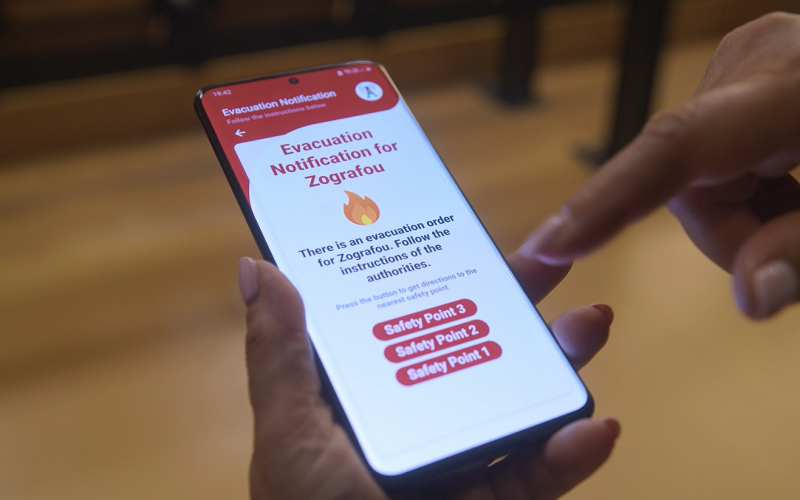
Huawei and partners National and Kapodistrian University of Athens (NKUA) and the start-up PROBOTEK have successfully tested a forest fire prevention system in Greece.
The partners tested the real-time detection system using a smoke and fire simulation. The solution, developed under Huawei's TECH4ALL initiative, will enable emergency services to respond to potential forest fires within 15 minutes, the timeframe within which fire risks can be best controlled.
Conducted by NKUA and PROBOTEK, the smoke and fire simulation test took place at NKUA's premises in a forested area of Athens. Connected by Huawei's network technologies, sensors in the forest prompted the command center to deploy an automated drone to the test site.
Based on video footage transmitted by the drone coupled with meteorological and geomorphological data, AI analysis was able to identify fire and smoke events in real time and predict:
- The fire's path and area it would cover
- The time it would take to reach inhabited areas
- Which areas would be at risk from fires and require evacuation
- Information about evacuation routes
The emergency response system comprises an AI-based command center networked to 5G-connected drones and sensors that detect particles in the air, CO2, temperature, wind direction and speed.
Disclaimer: Any views and/or opinions expressed in this post by individual authors or contributors are their personal views and/or opinions and do not necessarily reflect the views and/or opinions of Huawei Technologies.
Leave a Comment